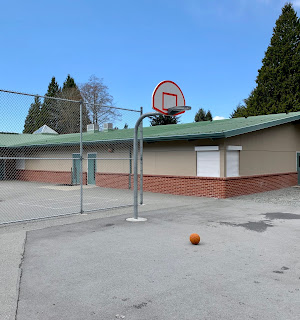Seemingly overnight, we find ourselves living in extraordinary times. While the world has faced pandemics before, people did not have the capacity to watch it unfold live via social media and television. Following the global spread of COVID-19 is simultaneously fascinating and frightening. For all of our technological advances in the past century, the human race seems as vulnerable as ever.
Since parents handed them off at our schools at the delicate age of five, our social promise has been that if kids worked hard, believed in themselves, had a growth mindset and were resilient, they could learn and accomplish anything. As educators, our pledge was to include, care for, connect with, and teach each child to the best of our abilities. Suddenly, a novel virus has forced us to close our doors and society has directed children to stay away from school. For all of us to stay home. The world is on pause, yet our promise to children seems more important today than ever.
This global reset is also a time to reflect on our core purpose as educators. We are familiar and comfortable with students following set schedules and bells, with learning occurring in classrooms and in discrete blocks of time; starting in September and stopping again each June. It seems evident that this is not how the world actually works. Indeed, ‘going to school’ may not be how people learn best. In a time when kids are prohibited from going to class, we need to reimagine how we can connect our students to their communities and the world, to their teachers and to each other. We have the technology and we need to explore and learn new ways together. Perhaps this crisis will lead to lasting innovation in our schools.
We can start by reconnecting with our learners and checking in with how they are doing. This is an important first step. Later, we can look for ways to engage students in the process of exploring their questions and researching solutions. If Italy can waive final exams for 10,000 medical school students and put them to work in hospitals, what can we do differently? Hopefully, more than assigning students pages to read and questions to answer. In these unprecedented times, all student work should be about their questions and learning and not about grades. Indeed, less is more. One or two thoughtful, collaborative and multidisciplinary inquiry projects may best meet students needs in these troubled times.
As educators contemplate a different way of teaching during a global crisis, we need to be a source of calm and hope for our students. They need meaningful human connection with their peers and with their teachers. For school and district leaders, this is a time to connect and inspire with compassion. There are a lot of very capable and creative people in our schools and districts, and we need to support, help and care for one another. For years, we have encouraged students to be personally and socially responsible; to be kind and caring; and to be critical and creative thinkers - to think outside the box. We have suggested that they needed to be leaders and innovators in a world that desperately needs to change. Perhaps this time is now.
How we connect with, teach and inspire each other in these remarkable times may be the defining moment of our professional lives. We need to move forward calmly and with hope, and with each other. We need to move forward with courage.

